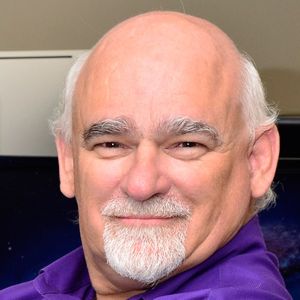715 BYOD: Create Interactive VR Experiences with Captivate and Photoshop
8:30 AM - 9:30 AM Friday, October 25
AR & VR
St Thomas AB
Currently, VR is the biggest area of growth and potential in eLearning. For an affordable first step into this world, many leverage 360 cameras to capture the content they need. Cameras that can take full 360 images are coming down in price but they may capture flaws you’ll want to correct before you use the footage in your final project. For instance, what happens when there are subjects that you don't want in the picture, including the person who shot the images?
This hands-on session will show you the work flow of taking a 360 picture, editing it to correct flaws, and then stitching it together to be used in an Adobe Captivate VR project. You’ll learn tips and techniques for how to use Adobe Photoshop to remove unwanted items and insert additional assets to enhance the VR world. This round-trip session will take you from shooting the 360 degree image, enhancing it in Photoshop, stitching it in Action Director, and finally creating an interactive VR project.
In this session, you will learn:
- How to import VR images into Photoshop
- Techniques for editing VR material to remove flaws from images
- Ways to insert additional content into a VR image
- How to stitch together VR images
- Steps for importing VR images into a VR project
- How to incorporate interaction within a VR project
Audience:
Designers, developers, media specialists
Technology discussed:
Adobe Photoshop, Samsung Gear 360, Action Director, Adobe Captivate
Participant technology requirements:
A PC or Mac with the following software: Photoshop CC 2018, Action Director (or equivalent image stitching software), and Adobe Captivate 2019. Trial versions of this software will work for this session.

Phil Cowcill
Senior eLearning Specialist
PJ Rules
Phil Cowcill is senior eLearning specialist at PJ Rules. He started his career in 1983 when he was hired as a technologist at a local college. In 1985 he joined a team to develop Canada's first Interactive Videodisc. He started teaching part-time in 1989, moving to full-time in 1995. He led his class to build one of the first news websites that streamed video in 1996. In 2011 he launched the very first dedicated mobile application development program. Phil retired from full-time teaching in 2015 and moved to working as a contractor with the Department of National Defence as a senior eLearning specialist.



























